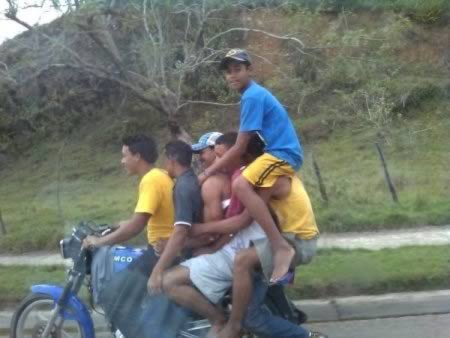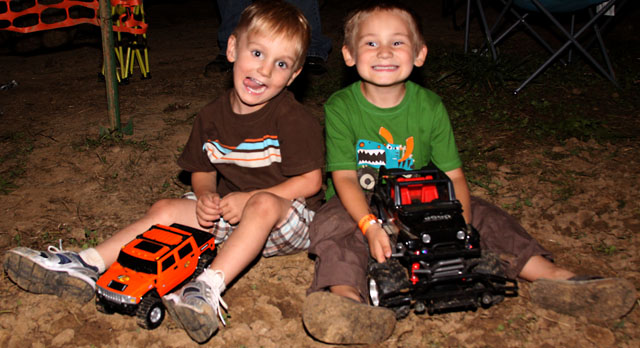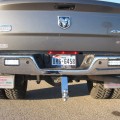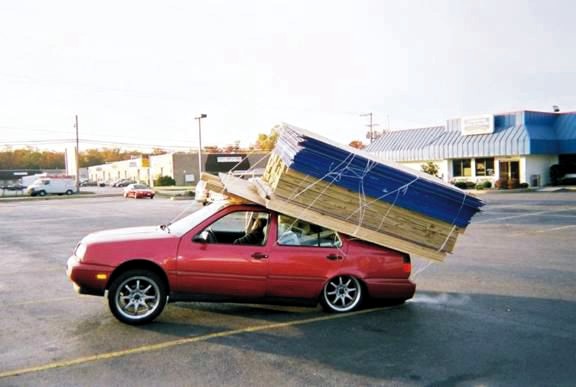Dirt Road Expert
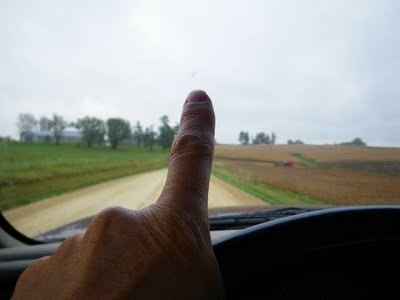
I’m a dirt road expert. I’ve not only driven on dirt roads in more than a dozen states and six foreign countries, but I’ve lived and worked on dirt roads in three states. I live on a dirt road now, and I am appalled, yes appalled, at the lack of etiquette I’ve seen lately in my travels.
If you’re one of those prissy-pants who wouldn’t accept a barbecue invitation from the president because his ranch is on a dirt road and you don’t want to get your shiny SUV dirty, you can just skip this column and we’ll see you next time. However, you’ll never know what you’ve missed.
Dirt road etiquette starts with the wave. Whenever you meet another vehicle, you always wave. It makes no difference if you recognize the vehicle or driver or not, you wave. You never know, it might be an old neighbor in a new car, the brother of a neighbor, a new neighbor, or a potential neighbor. Either way, you don’t want to get the reputation as the old geezer or battle-axe that never waves, but how you wave is important.
As soon as you see another vehicle approaching, move your left hand to the top of the steering wheel with the thumb hooked underneath. (In England, Japan, New Zealand and Australia, use the right hand.) I realize that this is in direct violation of the ten o’clock-two o’clock rule that you learned in Driver Ed, but bear with me.
As the two vehicles approach each other, you need to decide if you recognize either the vehicle or the driver. If you don’t recognize either, simply lift your four fingers and wave while keeping your thumb hooked under the steering wheel. This wave is fairly generic and can be used to acknowledge someone pulling to the side of a narrow road to let you pass, someone you’ve never seen before, casual acquaintances or folks you recognize at the last minute. Some guys think it’s cool just to raise one finger, but you have to be extremely careful about misinterpretation.
If you do recognize the other driver, you can lift your hand completely off the steering wheel and wave; casually if that’s the way you feel, or vigorously if you’re really happy to see them. However, using the other hand is considered to be more familiar.
External waves fall into another category. If the driver sticks his arm out the window with his hand above the horizontal, it’s like a high-five. However, if his hand is below the horizontal, especially with the index finger pointing at the ground, he’s indicating he wants you to stop. He wants to chat with you and block traffic for a while. It’s not necessary to stop so close you swap tobacco stains on the running boards, but do stop close enough so you don’t have to shout.
That pretty much covers the wave except for one final point. Ladies, this is just a wave, nothing more. It’s not sending the message, “My husband is a long-distance trucker and has been gone for two months. Please follow me home.” If you do want to convey such a message, just wave any undergarment out the window instead, but be prepared to stop and wait because the average guy will have traveled about a quarter mile down the road before the message sinks in and he gets turned around.
Dirt road etiquette also extends to those folks who live on the road. Anyone who lives on a dirt road knows that it’s the same as opening your front door and throwing in two ten-quart milk pails of dirt every day. The dirt doesn’t come from the road; it comes from the vehicles going by on the road. Some drivers think they can outrun the dust, but unless they’re driving so fast they’re airborne, it’s futile. Some drivers never learn, others have learned long ago, but don’t care, the rest are teenagers or visitors.
You must also never pass another car on a dirt road and make them eat your dust, unless they pull to the side and let you pass. There are exceptions to this, of course, like if the president was coming to your barbecue, but he didn’t want to get his limo dirty and you have to meet him at the blacktop.
